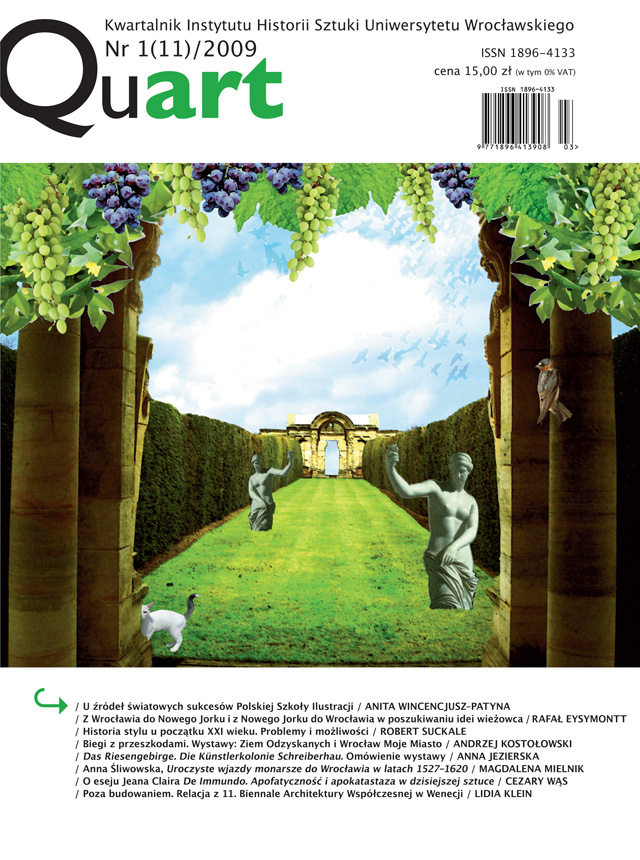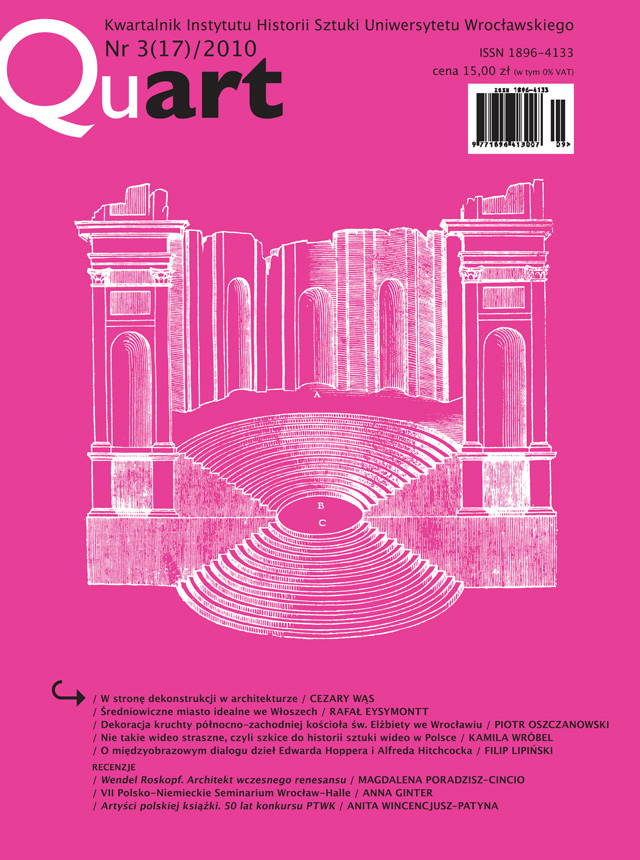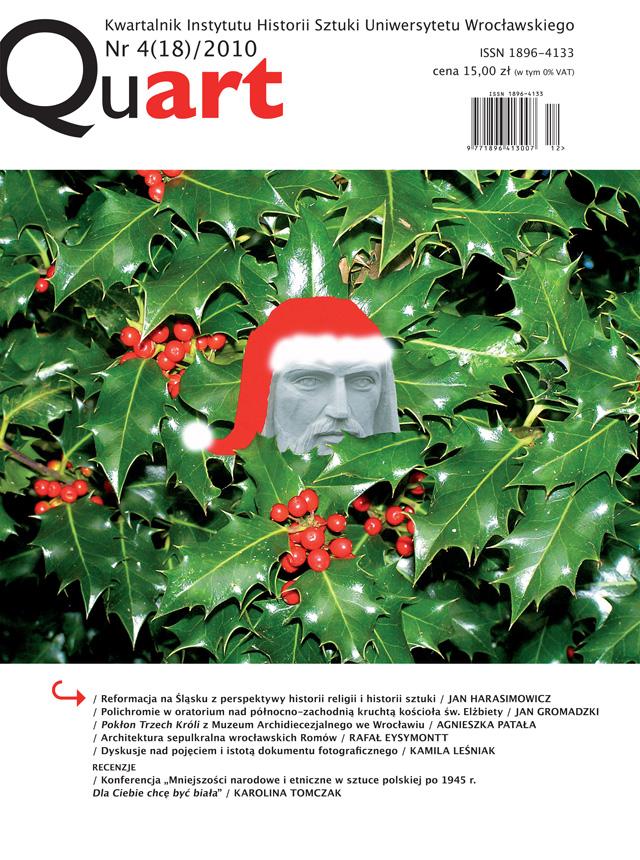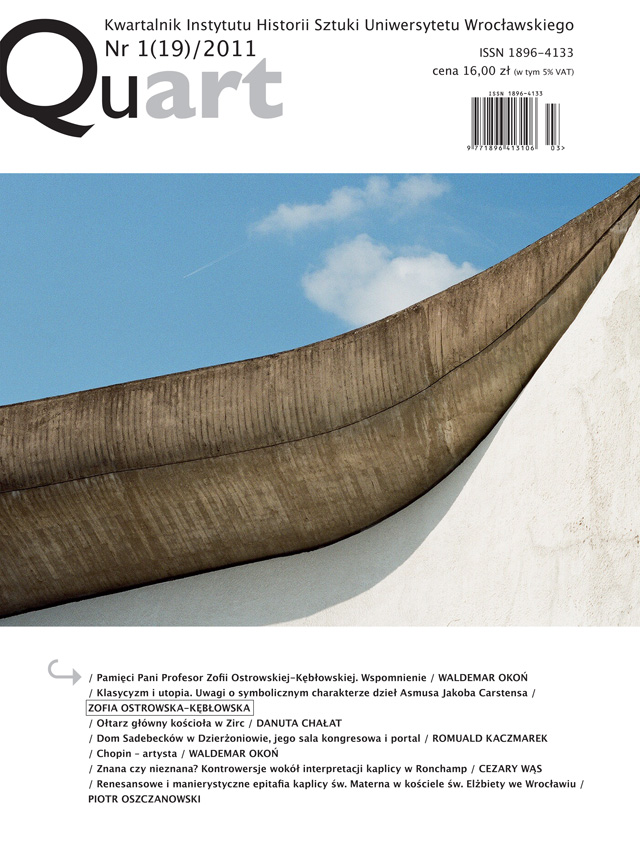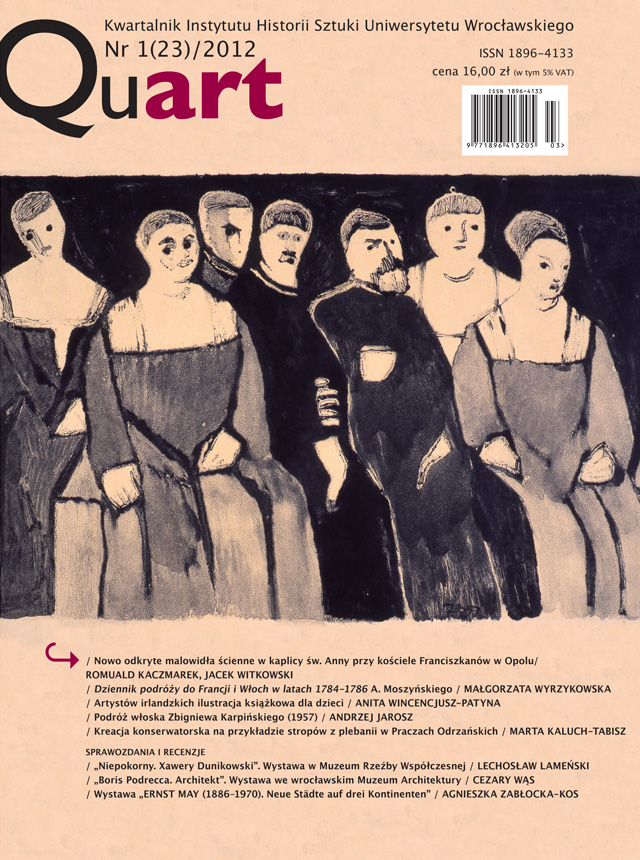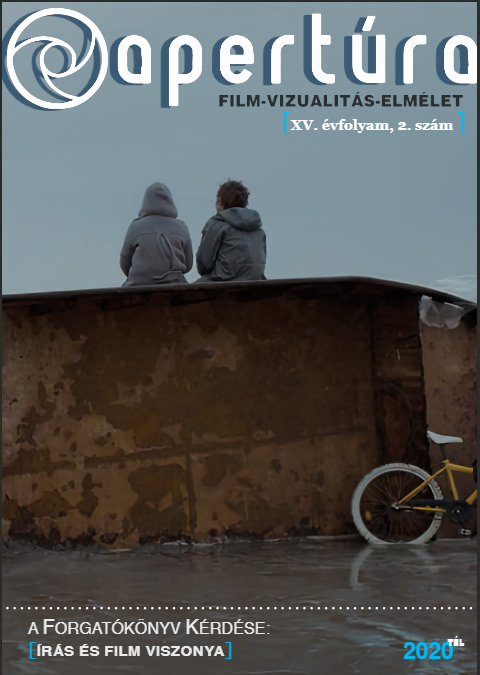
"Filmet írni": Karinthy és Molnár Ferenc kinemaszkeccsei
Kinema-sketches were introduced in Hungarian cinema theaters around 1912 as a new practice of projecting moving images alternating with theatrical scenes on the stage. Internationally renowned Hungarian playwrights (Ferenc Molnár, Frigyes Karinthy, Miksa Bródy) embarked on the project of writings scripts for the sketches and some of the movie theatres (Apolló) were transformed into sketch theaters. Just a few of the scripts survive and the film scenes through which Hungarian directors (like Mihály Kertész, aka Michael Curtiz) learned mastering cinematic storytelling are even less accessible today. From the different types of sources (journal accounts, the fervent debate about the aesthetic character of the kinema-sketch, photos, posters) it is possible to reconstruct − in a media archeological way – a genre which embodies forgotten and transient uses, alternative trajectories of moving images. In the first part I sketch a film historical context in which kinema-sketches can be examined as the first surviving Hungarian film scripts. In the second part I investigate the way kinema-sketches design and realize the labor division between moving images and theater <em>in writing</em>. Inhabiting the space between writing (page), screen, and stage, the sketches inscribe and indicate the borders of these media and their trespassing. Furthermore, they propose new dramaturgical solutions to the challenges of contemporary theater and enhance the uses of fictional moving images by introducing the social and the subjective gaze.
More...
